In the year 2019/20 over 61,000 non-fatal injuries and 40 fatal injuries were reported in the Construction industry alone. Of these 40 fatalities 47% were a result of falls from height. Unfortunately, these figures are not out of the ordinary and each year there are an average of 37 deaths in the construction industry. That is 37 families and friends who have lost a loved one as a direct result of simply turning up to do a day’s work and not returning home.1
One of our fundamental tools to prevent such tragedies from occurring in the future is the risk assessment. This is a formal process whereby all the hazards of a job are identified, the risks evaluated and then eliminated or controlled to an acceptable level. Far from being the simple pen pushing exercise often derided by workers in the past, technology has now allowed us to produce suitable and sufficient, site specific, risk assessments and method statements quicker than ever before, to enable jobs to progress safely with all the hazards captured and adequately controlled.
It is a legal duty under The Management of Health and Safety at Work Regulations 1999 for all employers to make a suitable and sufficient assessment of the risks to the health and safety of both their employees and any other persons in connection with the works.
There are five fundamental steps to any risk assessment:
Identify all the hazards of the job.
Identify who might be at risk and how they could be harmed.
Evaluate the risks and decide on appropriate controls.
Record any significant findings and implement them.
Review and update your assessment.
This process is generally well understood in the construction industry, however what is often less well understood is the requirement to make risk assessments site specific. Generic or task-based assessments are not able to sufficiently capture all the potential hazards which may be present on a particular site which, may be completely different on another site in a different set of circumstances. For example, brickwork as a task may be similar for each job, however there would be additional hazards to identify and control for brickwork on the top of an exposed chimney stack at height, compared with construction of a small garden wall.
Unfortunately, there are still a number of employers who do not appreciate the importance of site specific, suitable and sufficient risk assessments, and the impact that they can have on both the safety of their employees and the future of their business. One such example recently resulted in a construction company being fined £260k and being ordered to pay £38,299 in costs following a fall from height, which resulted in extensive and life altering injuries to the worker. This could have been prevented, had a suitable and sufficient risk assessment been carried out to identify and control the unprotected opening that the worker ultimately fell through, plunging 5 metres to the ground.
The next time you are on site ready to start a job, ask yourself, ‘where is the risk assessment?’. If there isn’t one, don’t proceed with the job. If there is, ask yourself, ‘is this suitable, sufficient and site specific?’ If the answer to any of these is no, don’t proceed and raise the issue before an incident can occur.
References:

